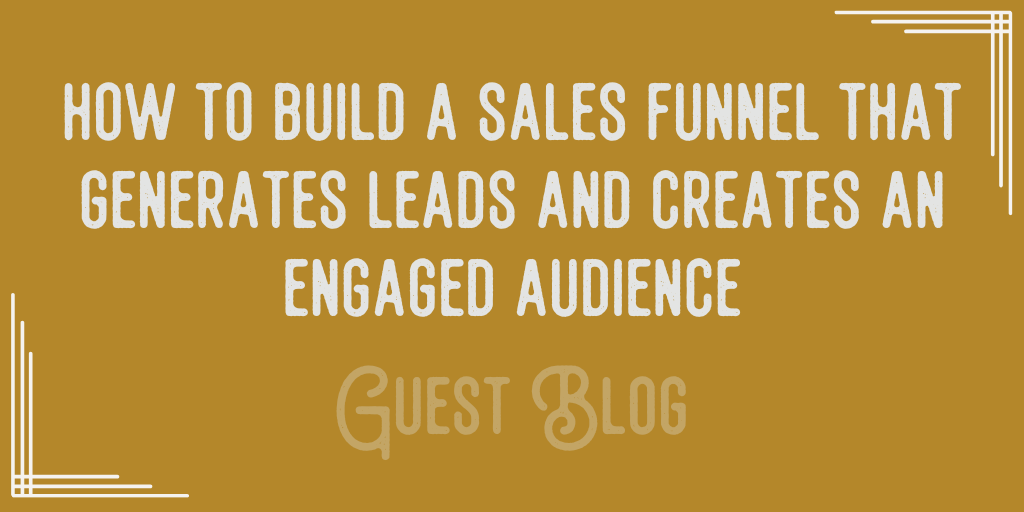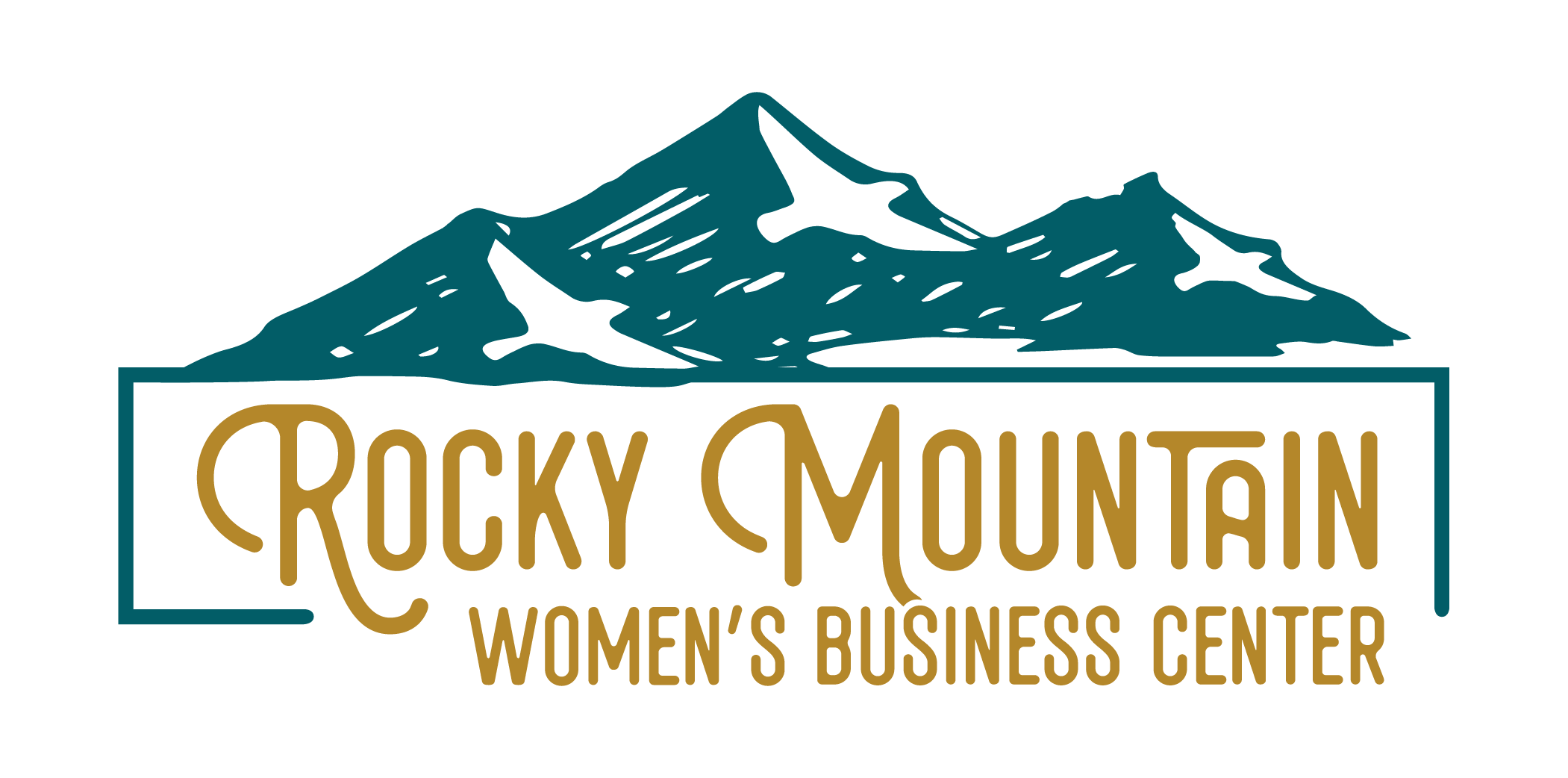How to build a Sales Funnel that generates leads and creates an engaged audience
January 31, 2025 •Guest Author

Marketing your Montana women-owned business is overwhelming and lonely. There’s both too much information and too much gatekeeping. The trends are constantly changing. There’s always some new social media channel. You feel like you have to be everywhere all at once. And you end up spending more time creating content and shouting into the void than the whole reason you started the business in the first place, doing what you love. Phew. Let’s take a breath.
I’d like to introduce you to a concept to simplify your marketing strategy: a Sales Funnel.
What is a Sales Funnel?
A Sales Funnel is the intended journey your customer takes from initial contact with your brand to making a purchase. The open end of the funnel casts a wide net, perhaps with a relatable post of a common pain point. Customers are then led down the funnel, with each stage getting more specific and targeted until the point where they make a purchase.
It takes some development on the front end, but it becomes your ongoing bread and butter for continuous sales.

Why is a Sales Funnel important?
It’s generally agreed upon in the marketing world that someone needs to hear from you 7 times before purchasing. Each time is called a “touch.” And honestly, with the constant consumption of social media these days, 7 is likely a low number. It’s important to build trust and confidence in your buyers so they understand the worth of your product or service. Without a Sales Funnel, you will lose potential customers simply because they don’t know where to go next or they don’t have the information they need to trust your business.
Know Your Audience
To create an effective Sales Funnel (or really any marketing strategy), you need to know your audience. I could write for days on this topic, but I’ll start by offering this great article by Josh Spector on how to determine your ideal audience.
Once you have your audience in mind, ask yourself these questions. What problems (aka pain points) can your brand solve? What barriers may keep potential customers from purchasing? How does your product break those barriers?
It may help to build T-charts for these to see them more visually. Like the images below:


Consider Your Points of Contact
Before you build your Funnel, take a moment to consider how you want to engage with your audience. What ways do you feel most comfortable communicating? What platforms inspire you
I will insist, no matter how you feel about it, that you need a website. Yes, I know it’s a cost, but if you don’t have a home base for people to learn more about you or to house your sales information, then you will very quickly lose their interest. Think about it: how often do you purchase something from someone without a website? Or even visit a restaurant if they don’t have a site? A Google search will give you a variety of options for simple website builders, though it can be useful to work with a professional to ensure your site gets the highest reach. (Shameless plug, I can help you with that 😊)
Ok, I’ll stop harping about the website now. Here are some other methods of contact you can consider using in your sales funnel:
- Emails/Newsletters: These are a close second in importance to a website. Once you have warm leads, you don’t want to lose them and email is a tried-and-true way customers opt-in for contact. It can be daunting to keep up with sending emails, but you can set the schedule to your needs as long as you’re consistent.
- Social media: Pick one or two that you personally enjoy and that you feel your audience is on, too. You do NOT have to be on every channel and I encourage you not to be. That’s a quick ride to burnout! Check out A Guide to Harnessing Social Media for Business Growth for Montana Women Business Owners if you’re interested in using social media.
- Blog posts: I recommend blogging to anyone even remotely willing. It’s ideal to build SEO on your website and to have a backlog of content for potential customers to peruse and spend more time on your website. You can also recycle blog content in your emails and social posts!
- Cold calls/emails: This is a hard sell, but can be useful if you’ve done your research on the potential client.
- Posters: Ideal for event-based services.
- In-person events: This is later in the funnel, but a great way to build trust and community with your audience.
- Webinars: Similar to in-person events, these offer more flexibility and options, but you may lose a little when it comes to engagement. However, a recorded webinar can be used as a lead magnet (more on that later).
- LinkTree: I also recommend this for just about everyone. This is a handy (free) tool that allows you to create one link that, when clicked, shows a drop-down list of links. This is ideal for places that only allow you one link (such as social media bios or QR codes).
How to build your Sales Funnel:
I’ve listed below the levels of the Funnel with some examples for each to give you some inspiration. But, you will need to decide which options are best for your business and what you feel most comfortable consistently using. Because, as cliché as it sounds, consistency really is key when it comes to marketing.
Here is a sample Sales Funnel as well as a set of worksheets you can use to build your own and develop content ideas.
Click here to download the worksheets.
I recommend reading through the rest of this blog post before you begin.
If you are feeling overwhelmed or want some professional help, RMWBC offers 1:1 business coaching to help you get started!
Level 1: Awareness (aka Lead Generation)
The Awareness level is simply introducing people to your brand.
Content Ideas:
- Relatable posts about your audience’s pain points
- Lifestyle related to your brand or service
- Humor around your industry/audience demographic
- Process videos (how you make your products
Level 2: Discovery
This phase is telling potential customers/clients what you do and how it benefits them.
Content ideas:
- Your website: landing pages (your offerings and brand details), sales pages (for specific products), about you, blog posts, etc
- Lead magnet: Ok, this is actually a huge tool. A lead magnet is a free or discounted asset or offer to potential customers in exchange for their contact details. It offers people an item of value to get them in the door and more interested in your services. Please don’t miss out on this opportunity and read this article by Zendesk to learn how to create this magical item.
- Social media bio (use that Value Proposition!)
- Posts about the benefits of your product/service (use that pain point T-chart!)
Level 3: Evaluation
Now your potential customers are starting to consider purchasing, but they have some questions. This is the stage you want to break those barriers to purchasing.
Content Ideas:
- Testimonials shared everywhere. On your website, social media, even emails where it feels natural.
- Emails specifically showing how your product/service defies the barriers in worth to your customers.
- Videos, photos or graphics emphasizing the solutions your product/service provides
- Free or low-cost in-person events, webinars or sample work
Level 4: Intent
Your potential customer is ready to buy!
My advice here is simple: make it easy. Keep the clicks to a minimum. Have a direct sales page where they can book or buy and put that link all over, including:
- Every page of your website
- Your social media bio links (here is where LinkTree is great)
- An obvious and natural location in your emails (“Ready to book/buy? Let’s get started!”)
- On a QR code at live events
- Posted in the chat box of a webinar
And, don’t hesitate to remind people about their orders! Automatic abandoned cart emails go a long way.
Level 5: Purchase
Congratulations! Your potential customer has upgraded to customer!
Once again, make it easy! Here are some things to keep in mind to make sure the buying process is a happy one.
- Use a secure purchasing system that sends receipts and takes cards
- Make it clear what item(s) they are booking for or buying
- Send a thank you email
- Send a thank you note with physical products
- Offer clear instructions as to what they need to do if they have an issue with their order
Level 5: Loyalty
I bet you didn’t see this step coming! It’s far easier to retain a customer than to find new ones, so keeping loyal customers is an important consideration in your marketing strategy.
Content ideas:
- Freebies: Small items included with a product order or given to clients as a bonus to your service package
- Discount coupon for their next purchase
- Rewards program
- Weekly or monthly emails with topics they want to hear more about (whether specifically about your products or not). Don’t worry, you can use these emails on your Discovery and Evaluation levels, too.
ALWAYS include a call to action
This is the glue that binds your funnel together. Without a CTA, potential customers/clients won’t move from one level to the next. Make it specific and enticing. “Buy now!” doesn’t count.
For example, imagine someone sees a cat video on Instagram. Maybe they think it’s funny, like it, then scroll on. But what if they saw “follow me for your daily dose of cats” at the end of the video. Turns out, they love cats and want more of that content, so they click Follow. Now they’ve moved to the Discovery phase.
Sample Calls to Action:
- Share this post with your fellow book-lover
- Tag the bestie you would gift this to
- Download our free guide to upgrading your resume here
- Take our free quiz to learn your color palette
- Join us Thursday for our event at the library from 5-8pm
- Get a free quote in 24 hours or less
- Hear what others have to say about our revolutionary men’s tees
The takeaway
The purpose of this whole post is to say that you should have a purpose to your content and a way to lead your potential customers to you. Market with intention and you will waste less energy shouting to the void and feeling like a failure when, really, you’re a bada*s woman business-owner with big dreams.
You got this!
Author Bio

Lindsey Keeley is a born-and-raised Missoulian, mother and creator. She has always found peace in writing and editing and earned her degree in Journalism from the University of Montana. For nearly a decade, she has worked within digital content and publishing and recently started her own editorial business, Scribbling Crow, Ink, where she offers copywriting, copyediting and website development services. Lindsey especially loves working with other creatives and small business owners because she loves to see the passion that lights them up and share that passion with the world.
Featured Articles
Categories
- Branding (1)
- budgeting (1)
- Business (45)
- business resources (50)
- client spotlight (1)
- confidence (2)
- digital marketing (8)
- Finance (1)
- Funding (3)
- google (2)
- Health (5)
- marketing (8)
- Mental Health (3)
- Personal Finance (1)
- sales (1)
- science and technology (3)
- social media (6)
- success story (31)

